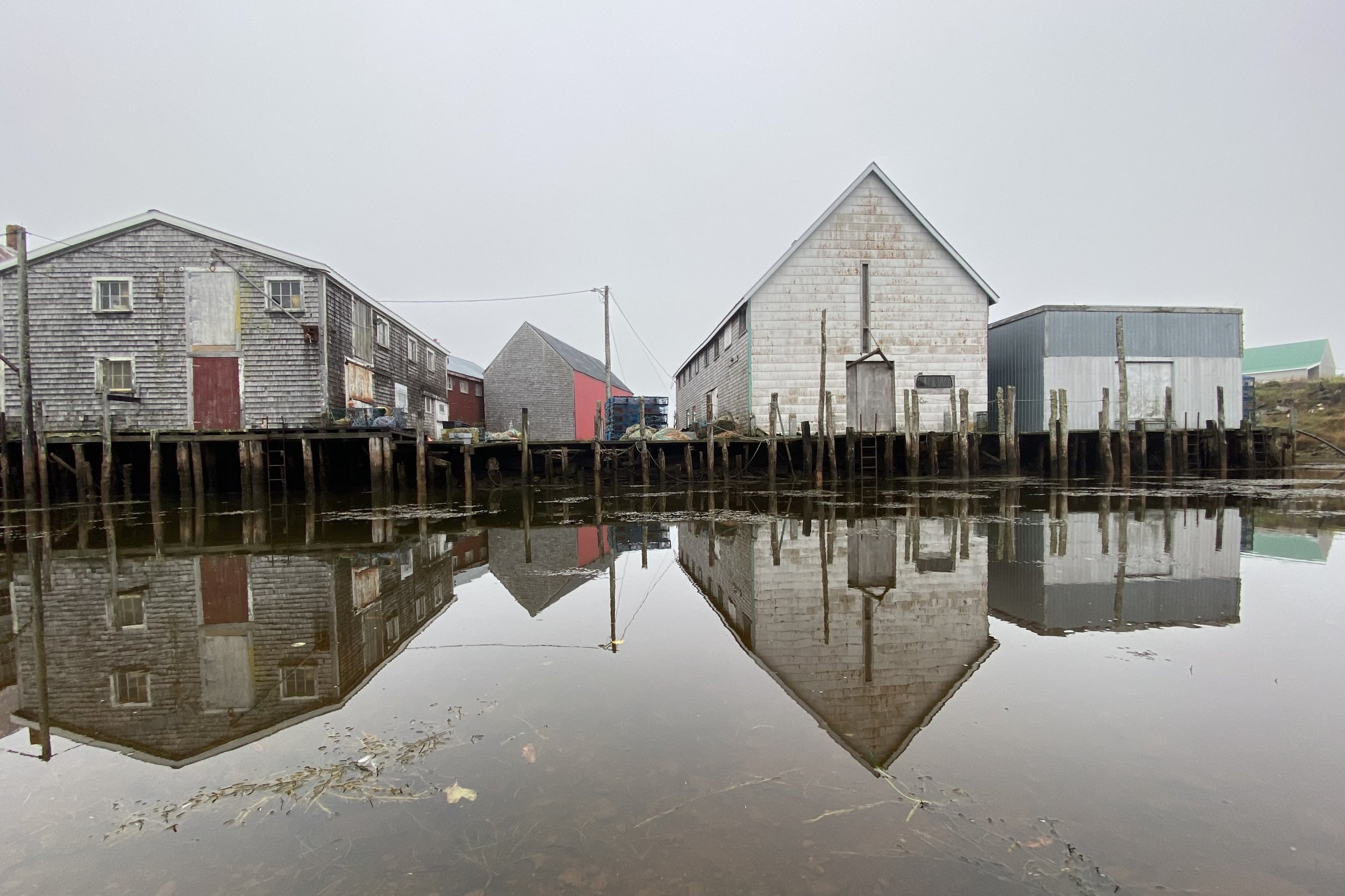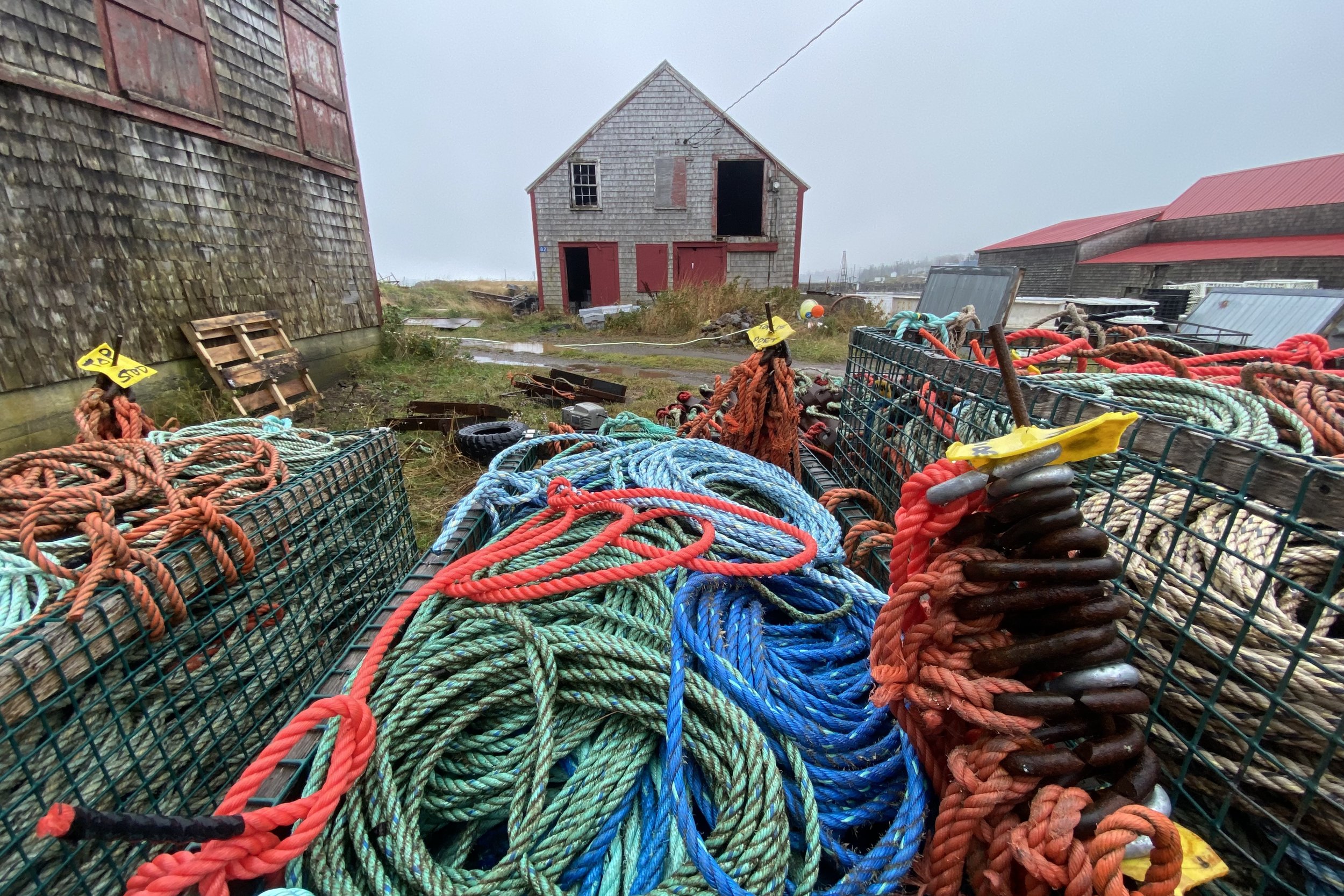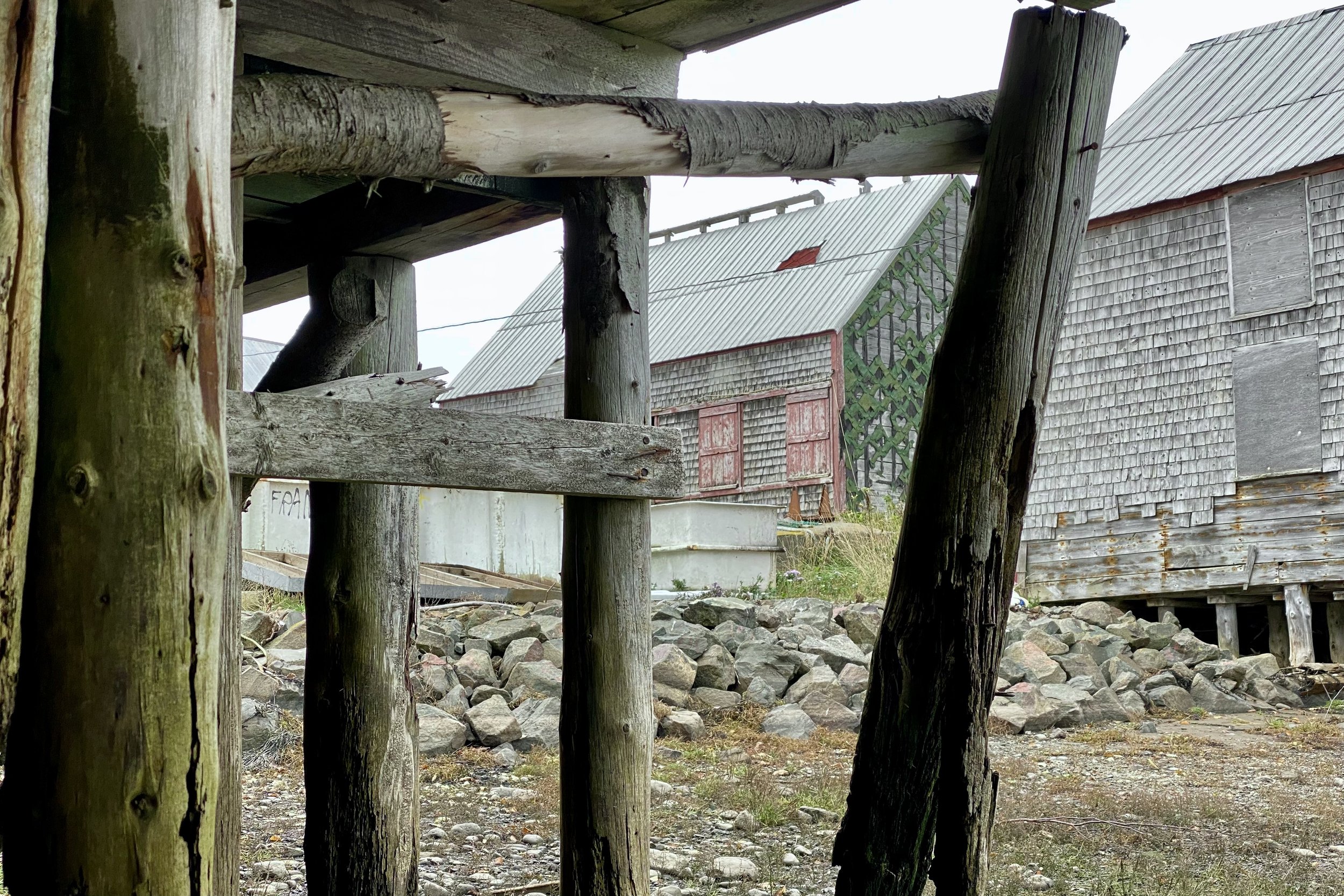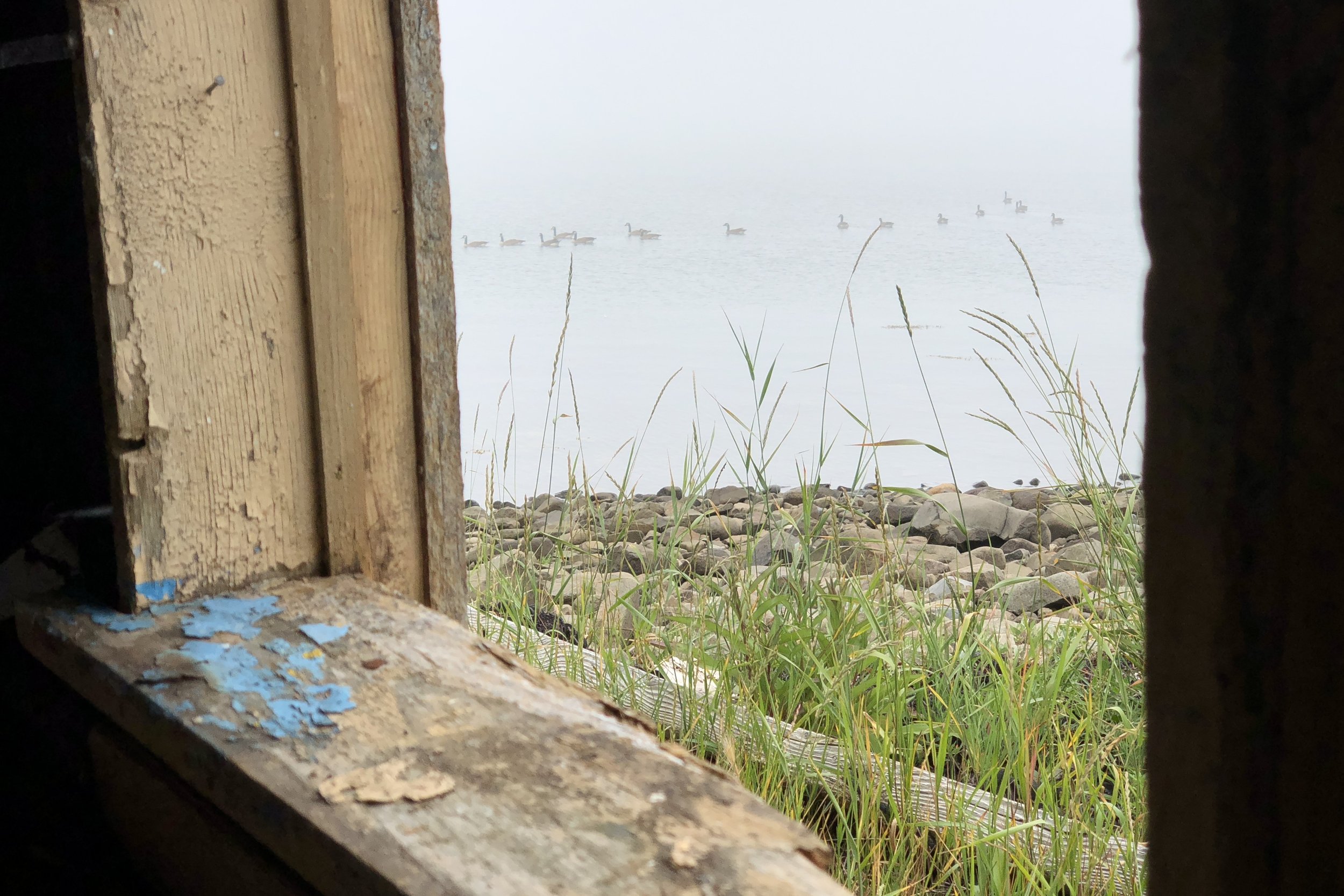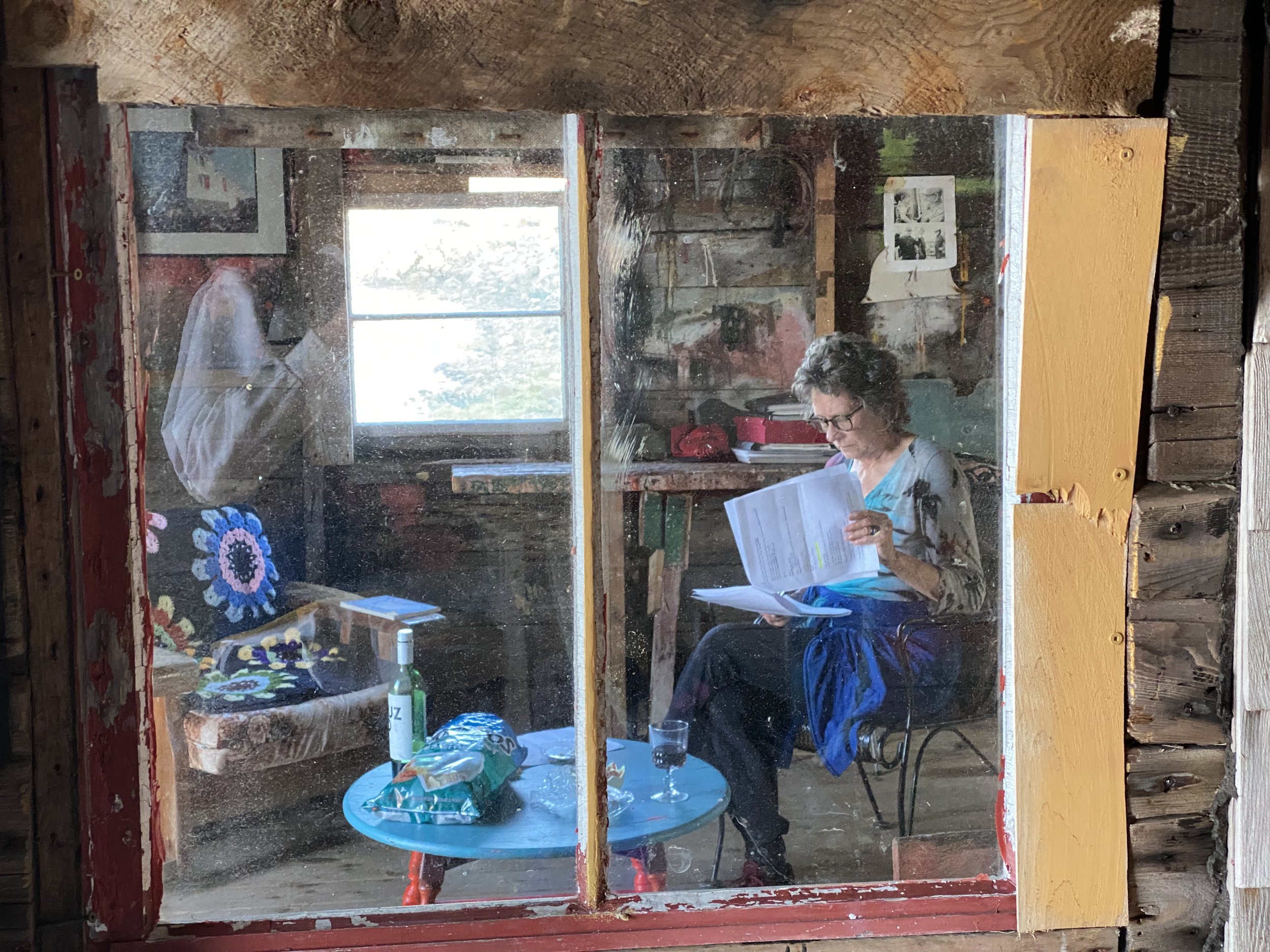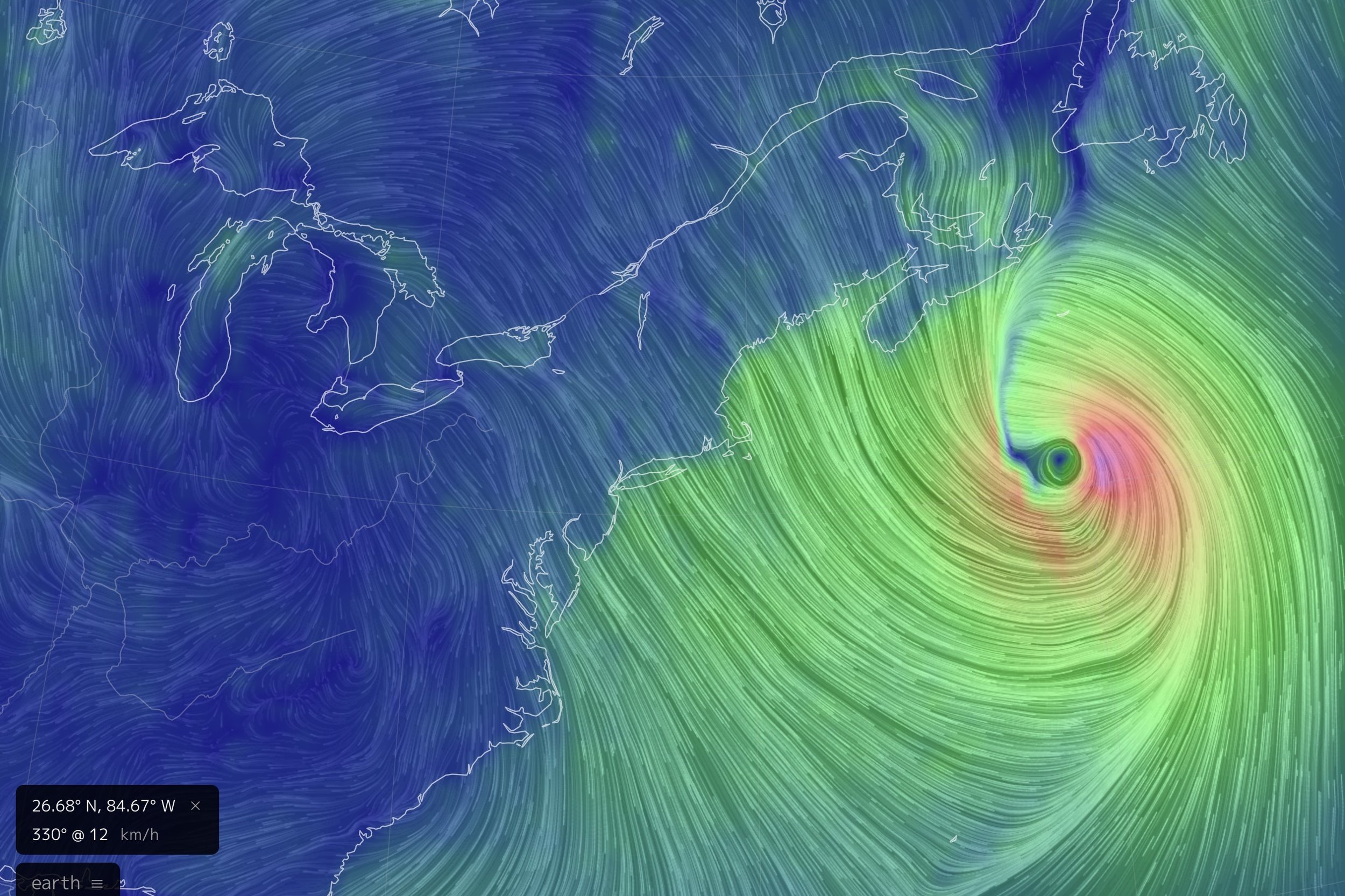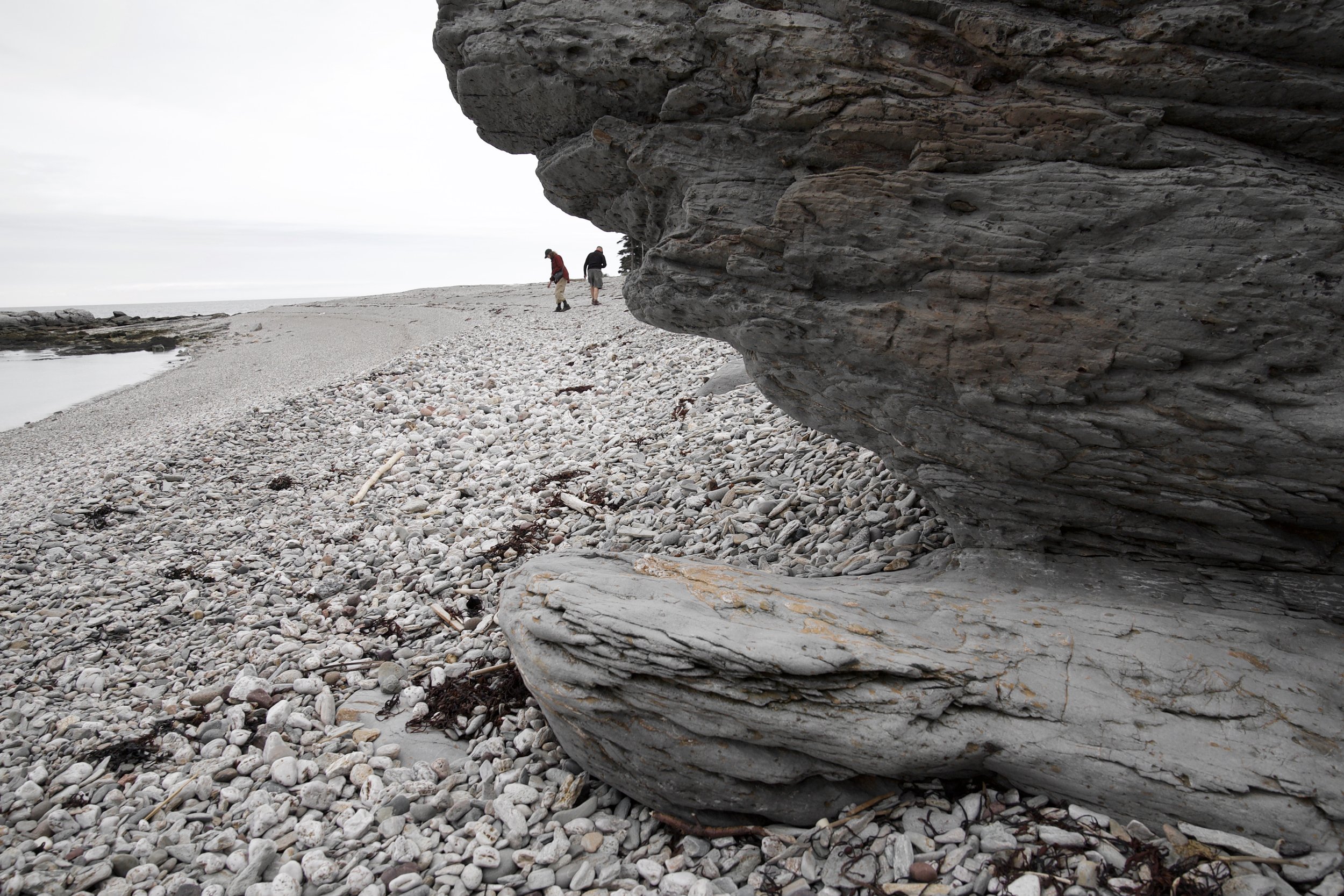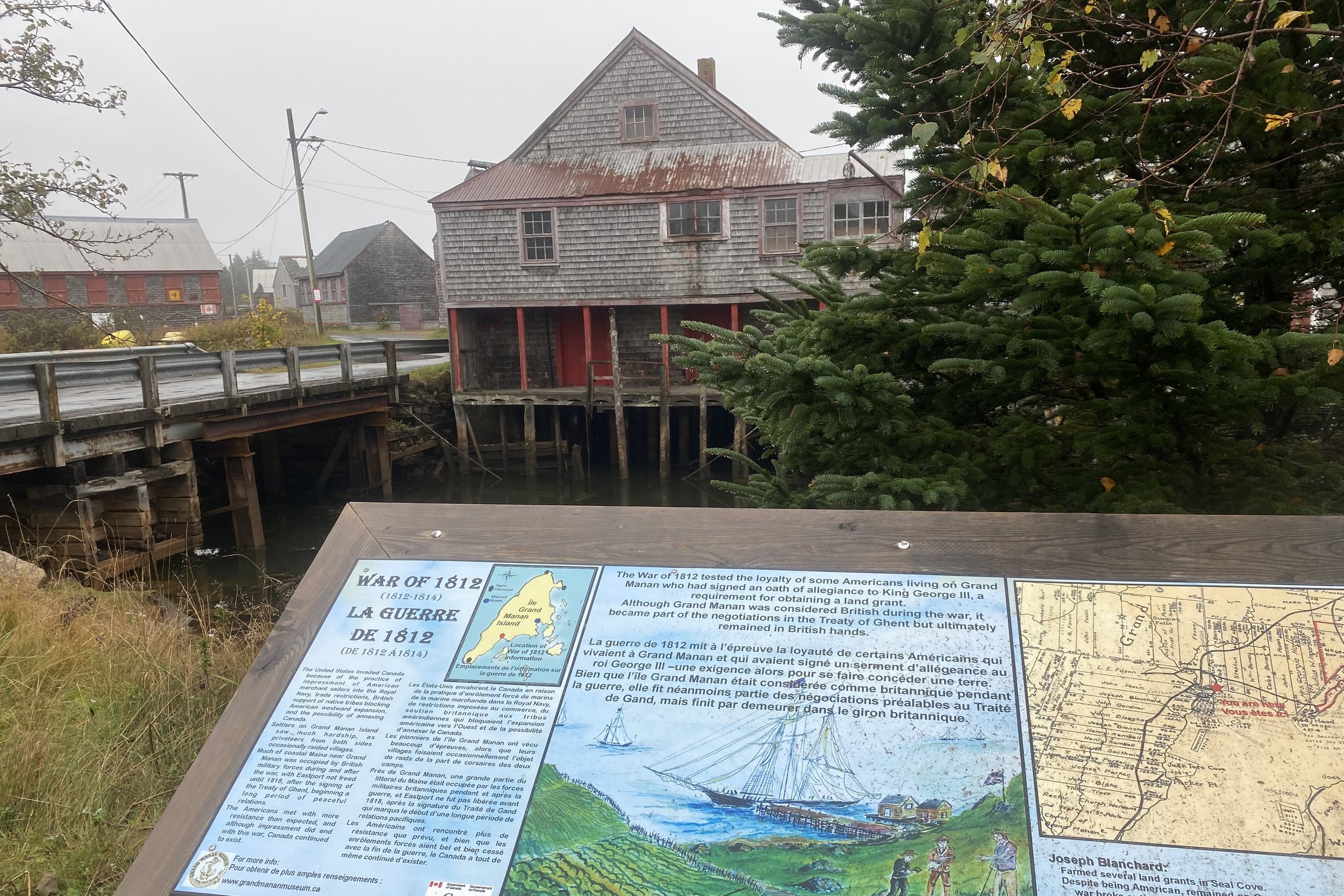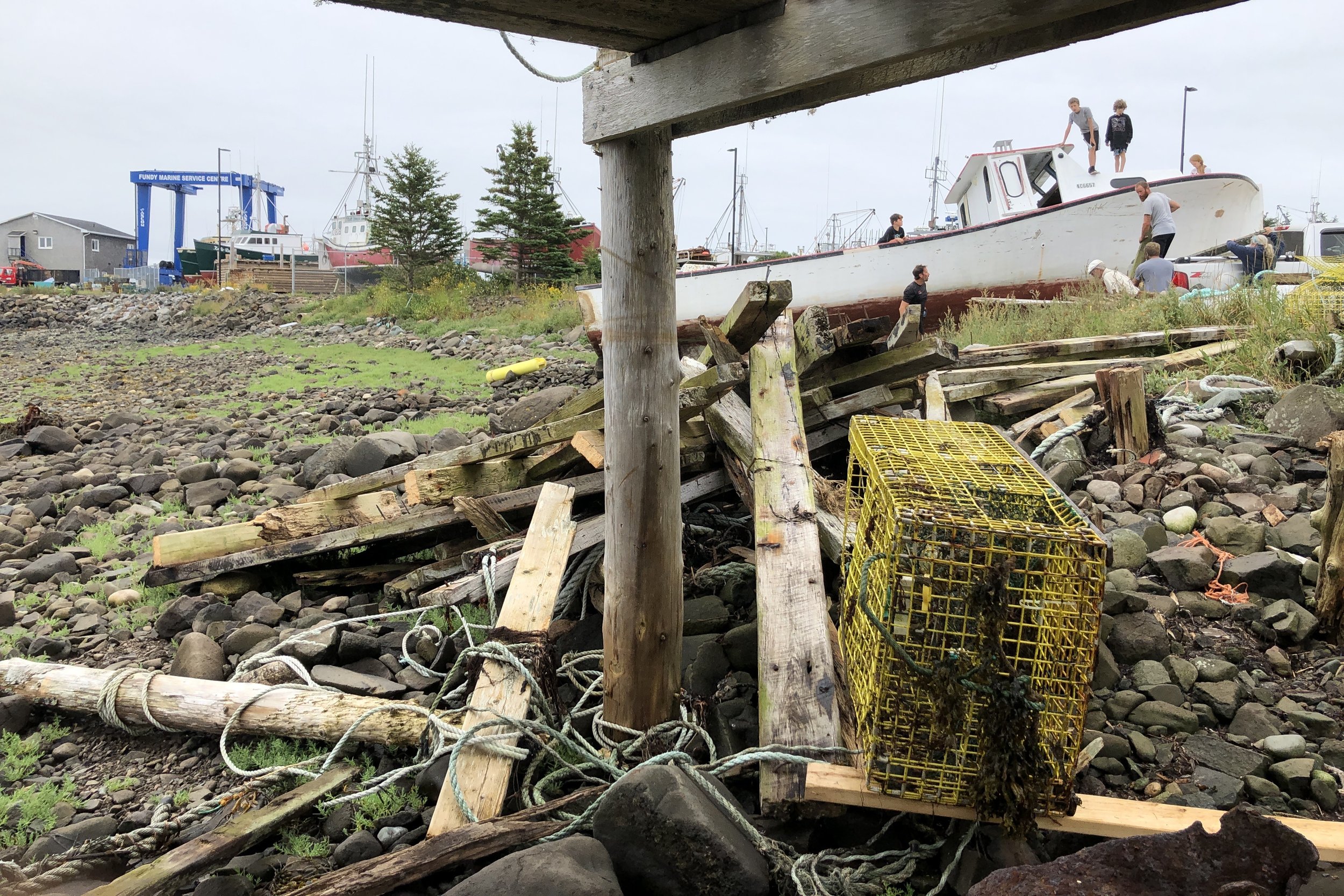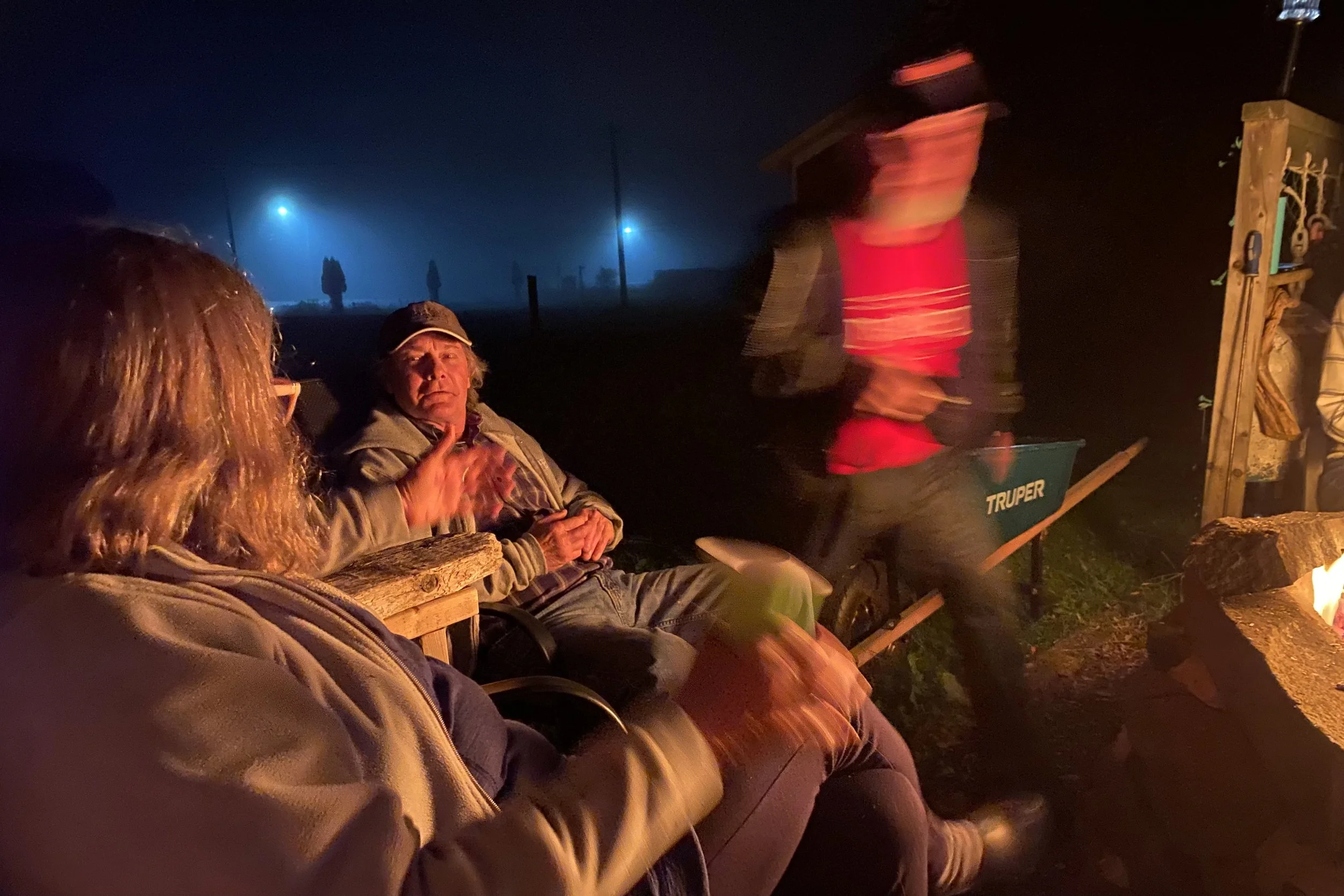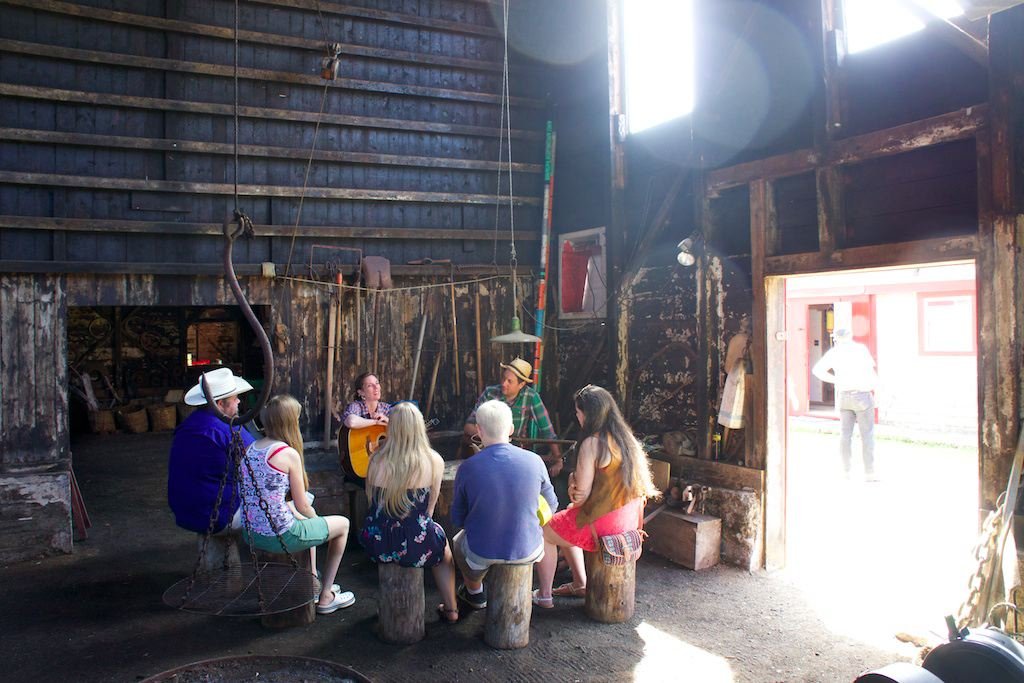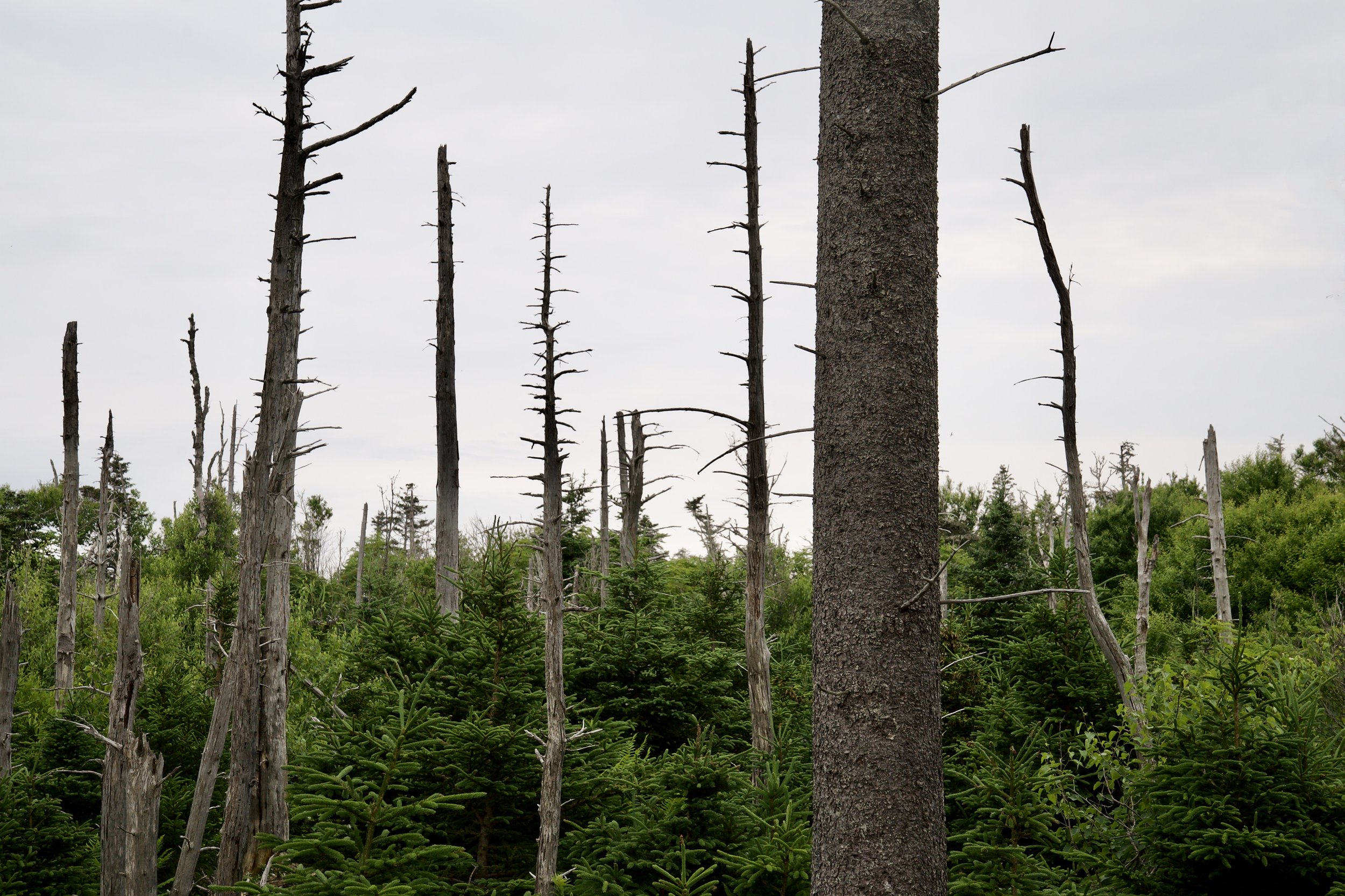the SEAL COVE CENTER FOR ARt EcologY aNd HERITAGE
An intergenerational conversation
Grand Manan, NB, Canada
MISSION
To preserve and celebrate the history of the weir-based herring fishery on Grand Manan Island by fostering place-based learning, youth leadership, ecological and artistic projects, and vibrant community engagement at the Seal Cove Smoked Herring Stands National Historic Site of Canada.
GOALS
To create an independent non-profit charitable organization to serve this mission. Then to hire a coordinator who will work with the Board of Directors to develop a five-year business plan.
To acquire
and restore selected historic buildings on the site (while collaborating with the private shed owners).
To engage
community leaders, educators, and potential donors in building a fiscal base for future grant writing and development.
To sponsor
a range of programs, such as a storytelling festival, writing workshops, dance and performance workshops, art and photography workshops, podcast production, cooking classes, art and ecology collaborations, and artist residencies.
TO TEACH
local youth in restoration and programming, teaching practical skills to advance future local leadership.
To BUILD
with visiting educational programs in hands-on restoration and programming.
To curate
a collection of newly created and historic materials building on the tradition of “The Sardine Museum and Herring Hall of Fame” created by Michael Zimmer in 1994.
To foster
economic and cultural activity that will generate future support,
to encourage
activities that will enhance community awareness and informed cultural tourism.
TO NURTURE
alliances with The Grand Manan Museum, The Grand Manan Historical Society, The Grand Manan Art Gallery, The Grand Manan Fishermans Association, and The Village of Grand Manan.
M.J. Edwards: Curator of The Grand Manan Museum
Bonnie Morse, Mayor of Grand Manan
Patty Jones: Director of The Bowdoin Kent Island Research Station
Wayne Clifford, Charlie Savedoff, and John Edwards of The Grand Manan Art Gallery
————————————————— background information———————————————————
In 1994 The Seal Cove Smoke Stands were selected for the Canadian Register of Historic Sites. A stone was installed to celebrate their historic importance. This is the official Canadian government document:
THE Canadian national register of historic sites
Seal Cove, Grand Manan, New Brunswick
Recognition Statute: Historic Sites and Monuments Act (R.S.C., 1985, c. H-4)
Designation Date: 1994-11-24
Other Name: Seal Cove Smoked Herring Stands
Research Report Number: 1995-041, 1995-AM-02
Existing plaque: Seal Cove, Grand Manan, New Brunswick
*Source of text: Historic Sites and Monuments Board of Canada, Minutes November 1995.
“This landscape of buildings, wharves, weirs and stands evokes the enduring culture of an important smoked herring fishery. Its structures date mainly from the period 1870-1930, the heyday of the trade in smoked herring to American and West Indian markets. From this cove, residents fished the rich waters along the coast, while others, including many women and children, processed the catch. Seal Cove survives as vivid testimony to a time when Grand Manan was a thriving centre of herring production in Canada.”
“The Seal Cove Smoked Herring Stands NHSC on Grand Manan Island consists of some 54 vernacular wooden buildings, most built between 1870 and 1930, and their associated landscape sited around a cove bounded by breakwaters at its mouth and a creek at its head. These stands are situated between the Atlantic ocean and the village and hills to their rear.”
“The Seal Cove Smoked Herring Stands NHSC was designated because: their visual richness and evocative nature speak to the culture of the Atlantic smoked herring fishery from the late 19th century to the present; of Seal Cove's importance as a leading centre of the fishery as it developed in southern New Brunswick at the end of the 19th century; the historical importance combines with its aesthetic richness, resulting from the blending of natural landscape features, industrial buildings that provide vivid evidence of the technology and processes of the fisher, and winding lines of water, to create an extraordinary area once typical of maritime landscapes, but increasingly rare today.”
“Elements which characterize the heritage value include: the siting of small wooden buildings in dense clusters constituting production units known as 'stands,' the composition of the stands, comprising a smokehouse, a stringing shed, and sometimes, a boning shed, as well as smaller storage sheds, the pole wharves and their attendant sluices, hoists and sheds, the system of narrow, earthen paths and lanes, defining circulation patterns on the site, the siting of buildings and wharves around the cove, in front of the village.”
“Stringing sheds: their simple rectilinear massing, gable-roofed, wood framing and shingle-sheathing, the use of modest materials in an unfinished state, their placement along the waterfront, often on piers over the water.”
“Smokehouses: their balloon framing, wooden sheathing, steep, open-gable roofs, sliding windows, and cement foundations, their design as expandable series of bays providing an open space with drying runners spanning their width. Boning sheds: their open plan and vernacular wood construction, their close placement, sometimes joined to other functional types.”
IMAGINED PROGRAMMING
the SEAL COVE CENTER FOR ART Ecology aNd HERITAGE
Women of the sheds and the cannery: memories of women who have worked boning herring.
Story Telling (podcast)
Creation of new art
Community poetry slam for high school students
Community Shakespeare reading (Alison Deming)
Greasy Pole coaching for Canada Day contest
The poetry of Science and Nature (Alison Deming)
Wilderness survival /Kayaking (Carly Fleet)
Under the sheds: photography and science in the intertidal some (Peter Cunningham and Bob Mauck)
Smoking herring (Matthew Ingersoll),
To fly with the Butterflies: (Ava Sturgeon and Patty Jones,)
Writing studios in the old fishing sheds
Science questions: do spiders have individual creative styles?
Creation of a very large stone map of Grand Manan in the low tide flats of Seal Cove seawall basin (community directed by a sculptor).
Wild Harvest Dinner: Gathering berries, clams, squid, dulse, and then making pies - followed by a feast
Creation of a large mural inside an old smoke shed fashioned from old Grand Manan images.
Island Ecology in Your Backyard. (Nat Wheelwright)
Weather observation for fishermen (Anton Seimon and GMFA)
Dulse activities, Wood Island History activities, Salmon farm activities.
Dancing with Nature (Ara Fitzgerald).
Nature and the Sacred (Karl Ingersoll)
Boey painting and trap building (Mrs Beth Brown and Mr. Burtis Green)
Playful playwriting (Ara Fitzgerald and Alison Deming and hopefully OTHERS).
Beach cleanup.
VALUES
OF THE SEAL COVE CENTER FOR ART, ECOLOGY AND HERITAGE
Intergenerational continuity and connection to community
Curiosity about science and ecology
Creation of new art
Renewal of memory and architectural heritage
Appreciation of beauty
LOOKING FORWARD
ORGANIZATIONAL THOUGHTS:
VISION COMMITTEE: Alison Deming, John McAvity, Peter Cunningham, Ara Fitzgerald, Carly Fleet, Sean Boudin, Mary Blatherwick, Russell Ingalls, Kate Wallace, Cara Greenlaw,
FRIENDS OF THE PROJECT: John&Alexis, Lori Quick, Hunter Park, Sarah Griffin, Ed&Janice David, Frank Longstaff, Peter Hoffman, Joel Franzman, Yvonne Keller&Karen XXX,
Programs will be filmed or recorded and donated to the Grand Manan Museum or produced for podcasts when appropriate. Generally speaking filming activities will be encouraged and a YouTube channel will be set up for The Center.
*photographs by Peter Cunningham
————————————————————————————————
END
Photo album for your viewing pleasure,

